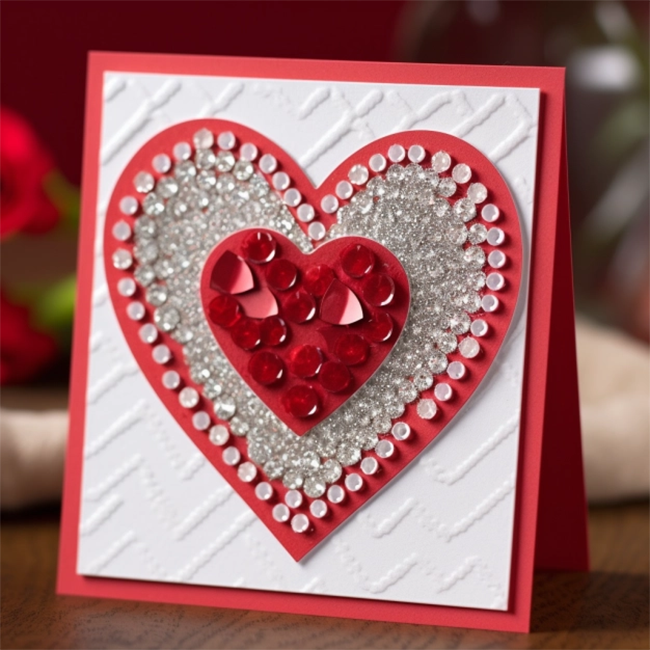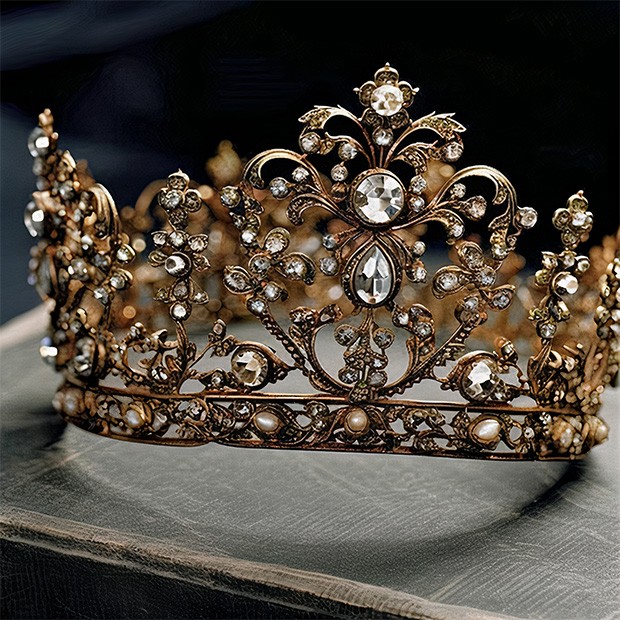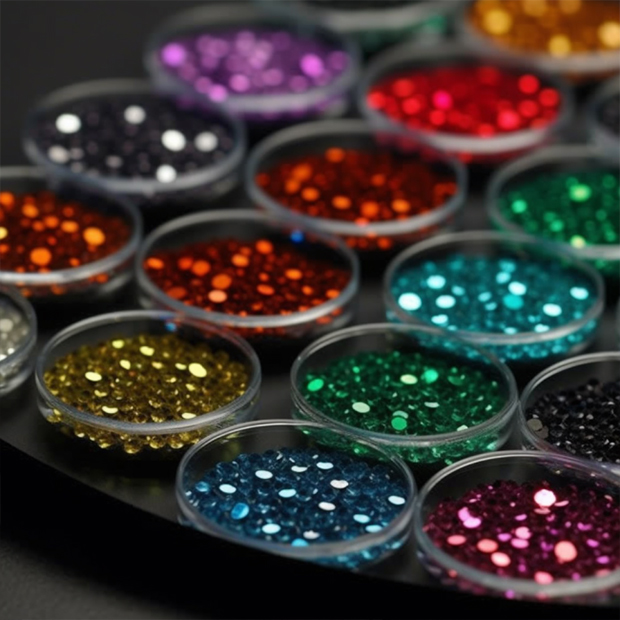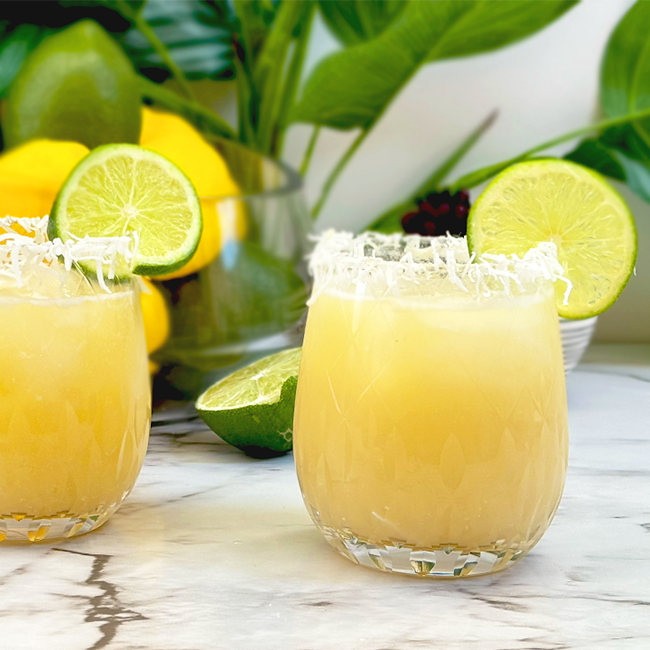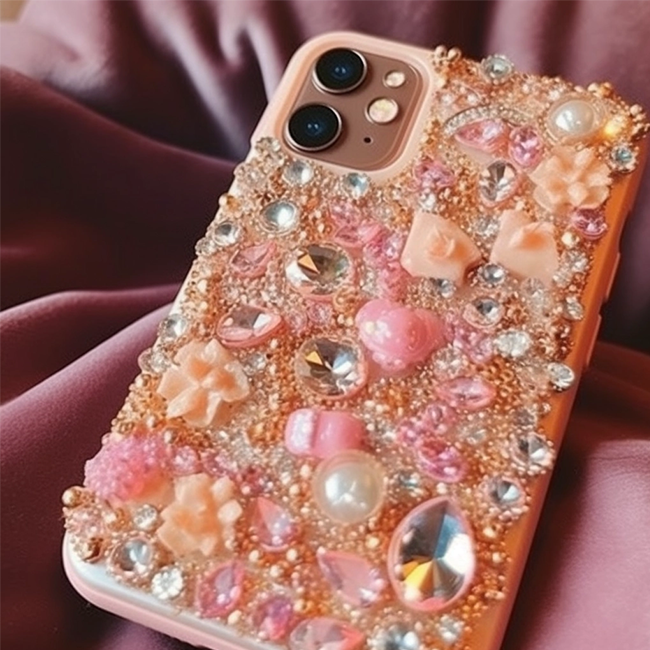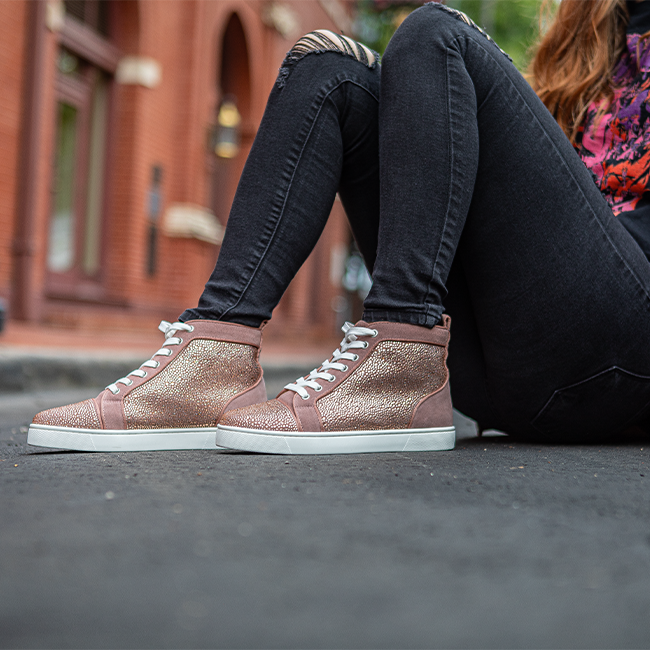The History of Rhinestones
Rhinestones are a type of artificial gemstone that have been used for centuries to add sparkle and shine to jewelry, clothing, and accessories. These small, glittering stones are made from glass, crystal, or acrylic and are often used as a more affordable alternative to diamonds and other precious gems. Today we will explore the history of rhinestones, from their ancient origins to their modern-day use in fashion and design.
The earliest known use of rhinestones dates back to ancient Egypt, where they were used to decorate the tombs of pharaohs and other high-ranking officials. These early rhinestones were made from natural rock crystals and were highly prized for their beauty and rarity. They were often used in combination with gold and other precious metals to create intricate jewelry designs.
In ancient Rome, rhinestones were also popular among the wealthy and elite. They were used to adorn clothing, shoes, and accessories, and were often set in gold or silver settings. The Romans also used rhinestones in their mosaics, creating intricate patterns and designs that still inspire artists today.
During the Middle Ages, rhinestones fell out of favor as the focus shifted to more natural materials like pearls and precious stones. However, they made a comeback during the Renaissance, when they were used to create elaborate costumes and stage designs for plays and operas. Rhinestones were also popular among the nobility, who used them to decorate their clothing and accessories.
In the 18th and 19th centuries, rhinestones became more widely available thanks to advances in glassmaking technology. Glass rhinestones were cheaper and more durable than natural crystals, making them accessible to a wider range of people. They were used to create jewelry, hair accessories, and even buttons for clothing.
The 20th century saw the rise of rhinestones in popular culture. Hollywood stars like Marilyn Monroe and Elizabeth Taylor wore rhinestone jewelry on and off the screen, making them a symbol of glamor and luxury. Rhinestones were also popular in the world of dance, where they were used to create dazzling costumes for performers.
Today, rhinestones are used in a wide range of applications, from fashion and jewelry to home decor and DIY projects. They are available in a variety of colors, shapes, and sizes, making them a versatile and affordable option for adding sparkle and shine to any project. One of the most popular uses for rhinestones today is in the world of fashion. Designers use rhinestones to create eye-catching designs on clothing, shoes, and accessories. Rhinestone-encrusted sneakers, handbags, and sunglasses are all the rage, and even high-end designers like Gucci and Chanel have incorporated rhinestones into their collections. Rhinestones are also popular in the world of dance and performance. They are used to create dazzling costumes for ballets, musicals, and other stage productions. Rhinestone-studded leotards, tutus, and headpieces are a staple of many dance performances, adding an extra layer of sparkle and glamor to the show.
In addition to fashion and performance, rhinestones are also used in home decor and DIY projects. They can be used to create custom picture frames, vases, and other decorative items. Rhinestone-encrusted phone cases and laptop covers are also popular among DIY enthusiasts.
The history of rhinestones is a long and fascinating one, spanning centuries and cultures. From their ancient origins in Egypt and Rome to their modern-day use in fashion and design, rhinestones have remained a popular and versatile option for adding sparkle and shine to any project. Whether you're a fashion designer, dancer, or DIY enthusiast, rhinestones are a fun and affordable way to add a touch of glamor to your creations.


